Te Rawhitiroa Bosch (Ngāpuhi, Ngāti Kahu) is known for uplifting te ao Māori through his photos on social media.
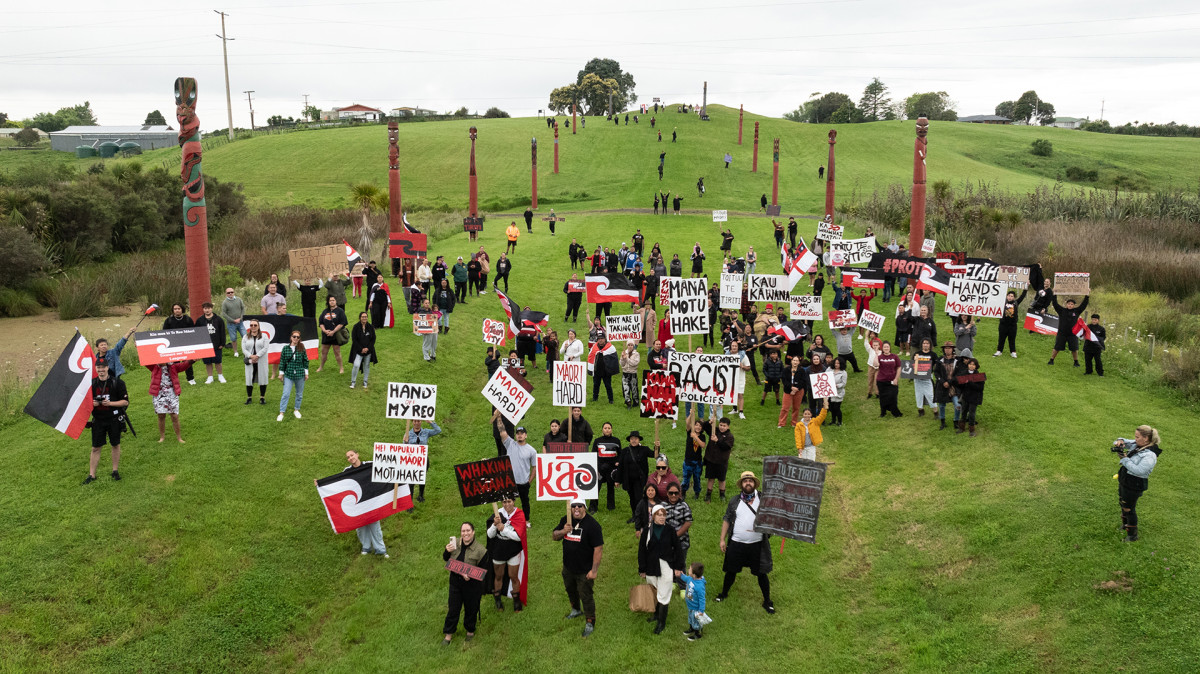
Toitū Te Tiriti - Rangiri. Photo: Te Rawhitiroa Bosch
In an episode of the new series Ahi Wānanga, we follow him and Yemen-born Sudanese photographer Rami Elsayed, where they bond over the similarities and differences in their cultures and how their worldviews show up in their photography.
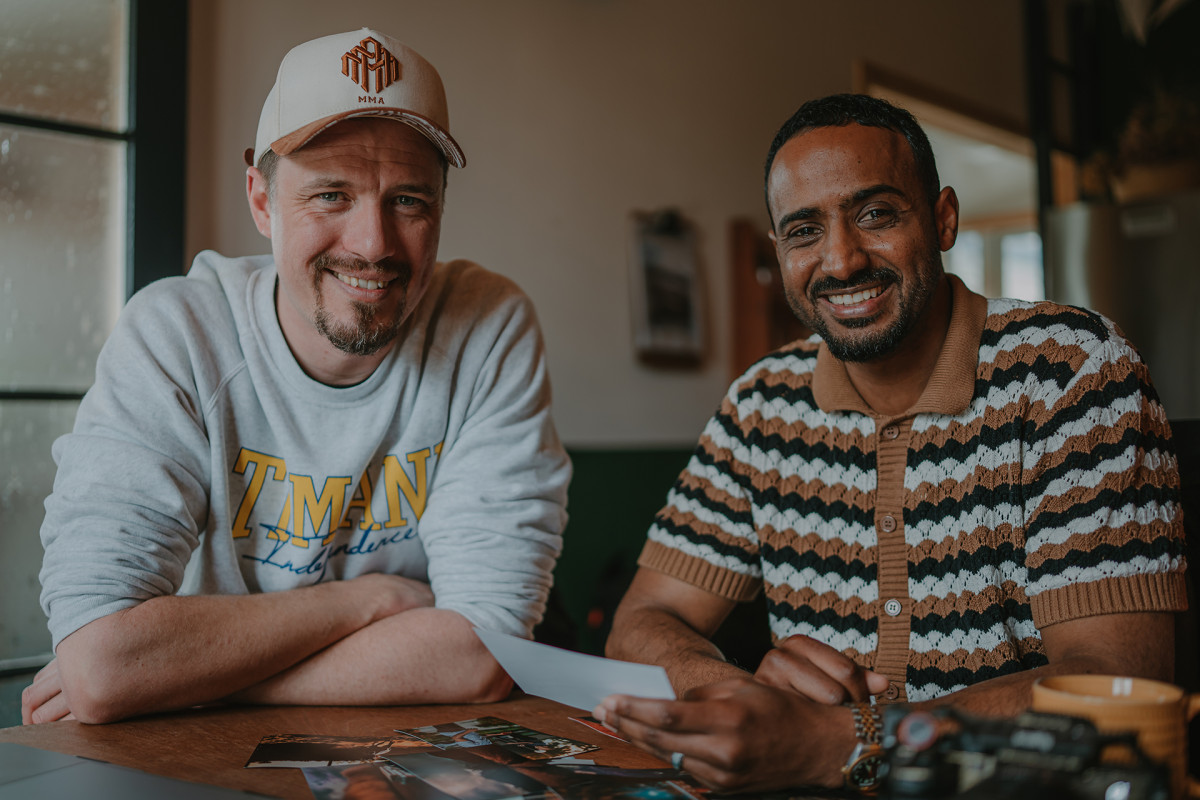
Te Rawhitiroa Bosch (left) and Rami Elsayed (right). Source: Fourplait
In the episode, Te Rawhitiroa says he wants to “flood social media with the highlights of te ao Māori” to push “oppressive narratives aside”.
Re: News journalist Vivien Beduya asked Te Rawhitiroa what it’s like to be a photographer championing te ao Māori.
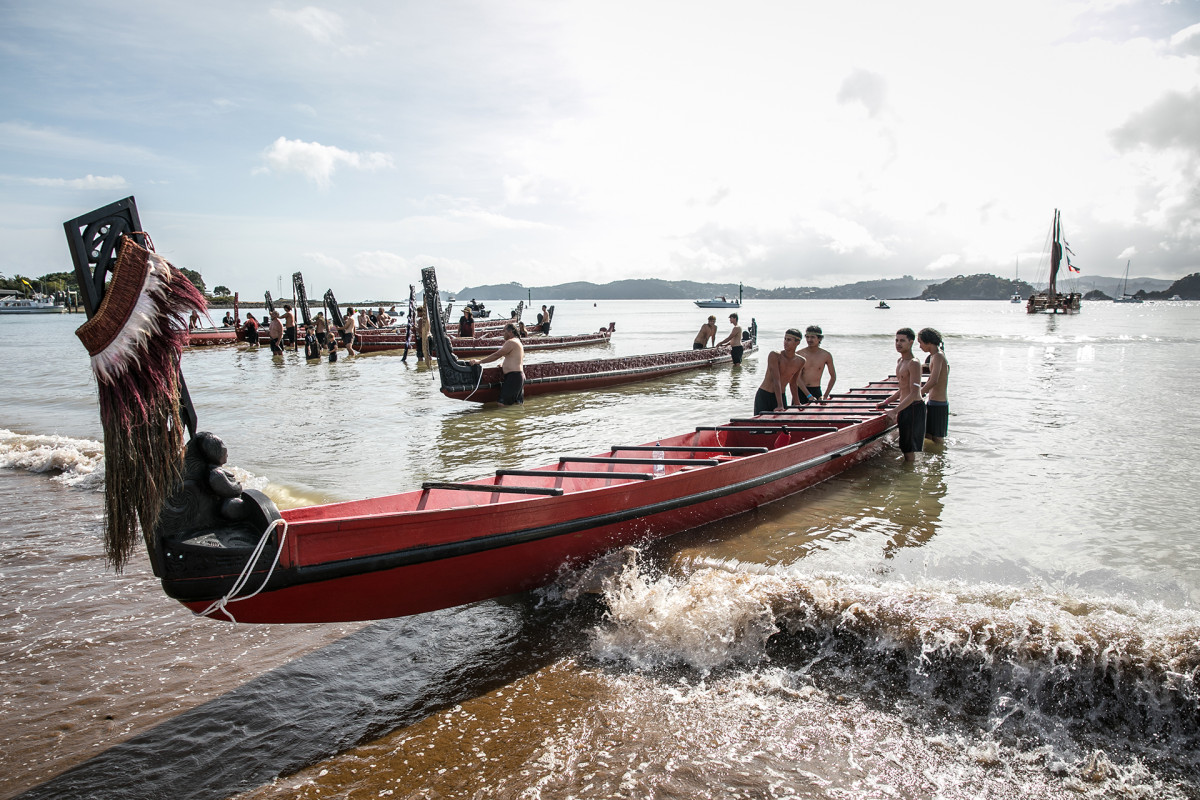
Te tū whenua o ngā waka i Waitangi. Photo: Te Rawhitiroa Bosch
Vivien: How does your passion for te ao Māori come into play in your work?
Te Rawhitiroa: Growing up, this is my world. This is the way I see the world. I see te ao Māori as incredibly beautiful.
I was very conscious that the media painted a bad picture deliberately of te ao Māori for most of my life.
I was just shooting events that I was going to, things I'm involved in. I started putting that out there and seeing people's response to it and seeing how ‘Oh yeah, that's us’. Like starting to feel proud.
I've noticed a massive shift over the years that I've been working, just in general, I think we're in this time of te ao Māori where now we're proud to be Māori.
We weren't proud to be Māori. Like people hid that they were Māori before.
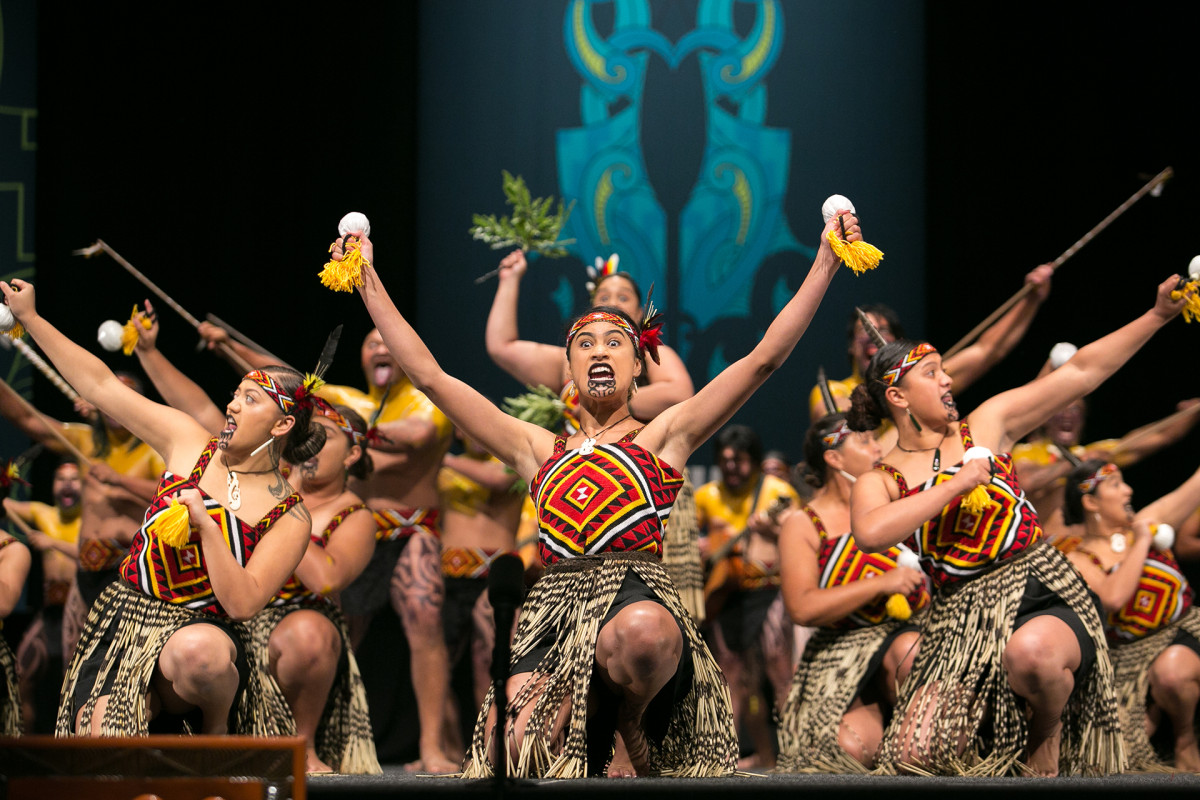
Te Kōpū Mānia Kapa Haka. Photo: Te Rawhitiroa Bosch
People have told me that I've helped shift that narrative.
One of the things is to be able to bring people into te ao Māori and bring Māori people into the events that were happening, as well as bringing tauiwi and Pākehā into te ao Māori and see the beauty, the power, the connection.
Vivien: In your episode of Ahi Wānanga, you and Rami talked about how you were documenting history. How do you feel about that?
Te Rawhitiroa: When I go into a whare tupuna, into a carved meeting house, and all those carved pillars, they’re all ancestors... So those are the original family photos inside the whare tupuna.
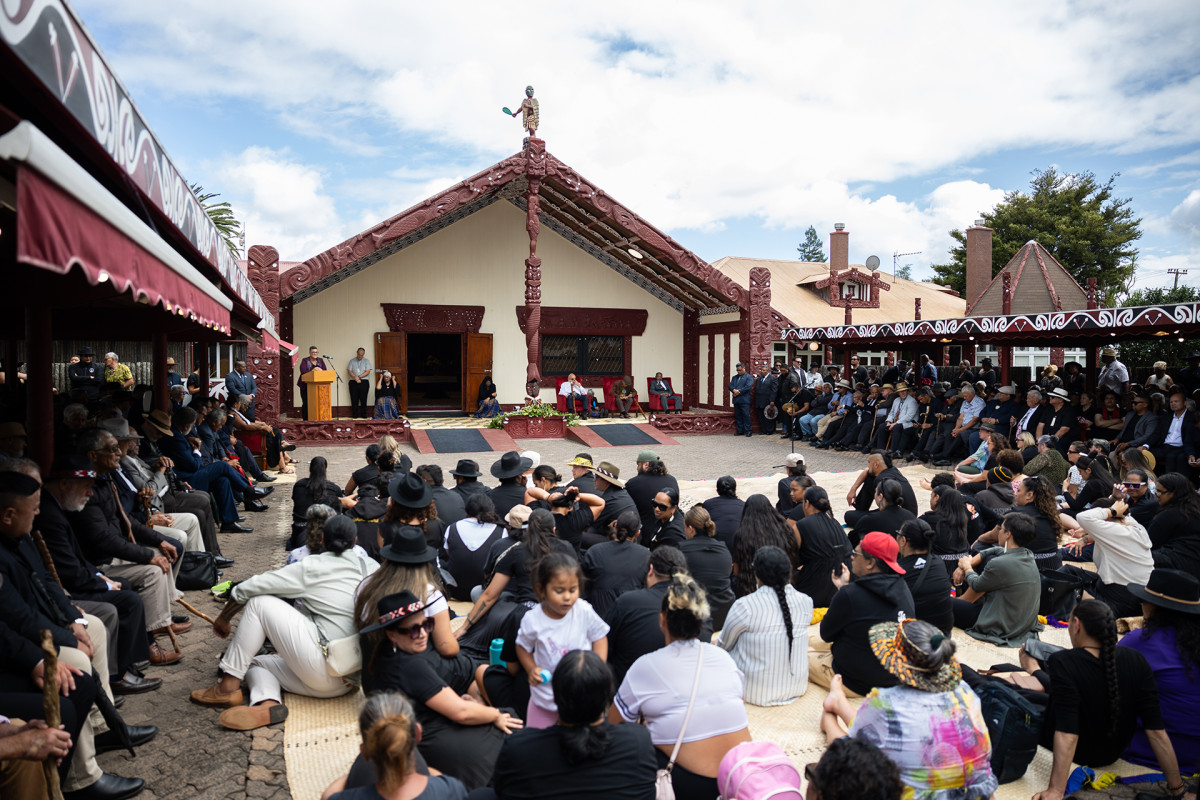
Te Hui Kotahitanga ki Turangawaewae. Photo: Te Rawhitiroa Bosch
Now I’m just continuing that legacy, providing the new family photos. As well as the family photos, capturing our people and the beauty and power of who we are, I’m also very conscious this stuff is historic.
Like my exhibition He Kaupapa Waka down at Te Papa, it’s the 80th anniversary of the launch of Ngātokimatawhāorua, the waka, up at Waitangi. That was a really big historic event.
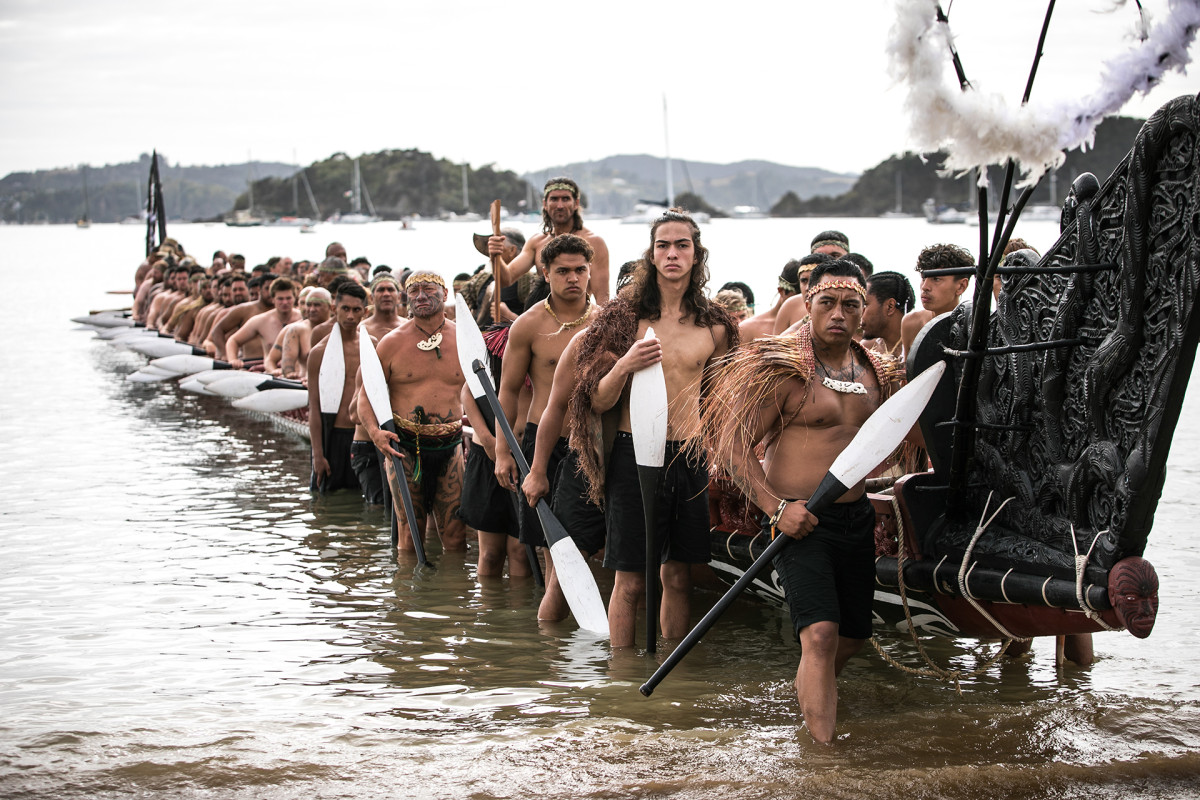
Ngātokimatawhāorua Waka at Waitangi. Photo: Te Rawhitiroa Bosch
I photographed the commemoration of the battle of Te Ika a Ranganui which was up in Auckland, run by Ngāti Whātua. It was led and run by Ngāti Whātua but also our tribes up north came down to be part of that healing. It was beautiful and it was historic.
Vivien: How did it feel for you to be able to cover the hīkoi to Parliament last year?
Te Rawhitiroa: One, it was just powerful to be there as a Māori and to be part of it. It was interesting because I was part of the actual organising crew of the hīkoi and trying to document at the same time.
As we had our different activations going through the country, me and my bro Whatanui from Haututū Creatives, he and I were there for the whole hīkoi, we’d be shooting everything.
We’d jump in the car, we’d have our bro driving us to the next location, cutting, editing, uploading to start the ball rolling and have the story going.
By the time we got to the next town, they already knew the vibe, the energy that we were carrying, the way we were carrying the kaupapa. It was peaceful, powerful, strong.
We were doing that the whole way and knowing that each moment, this is a historic moment.
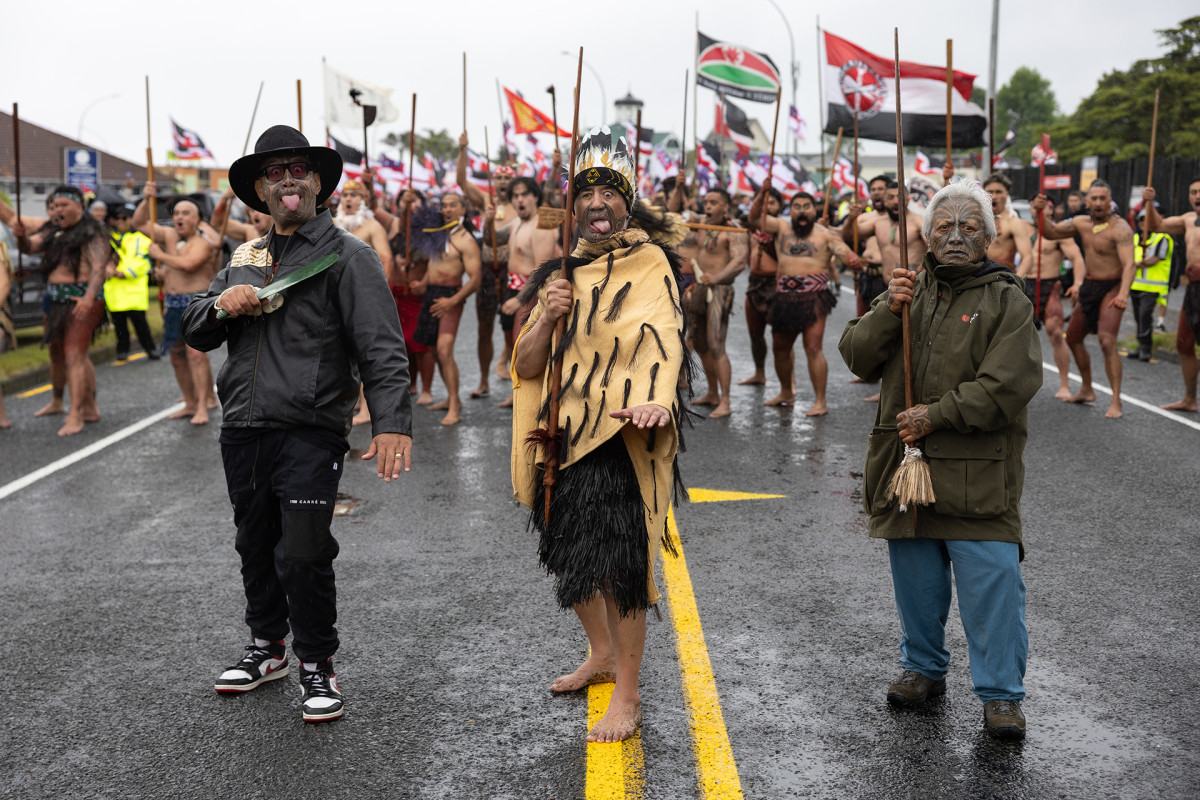
Te Hīkoi mō Te Tiriti ki Rotorua. Photo: Te Rawhitiroa Bosch
We also had an amazing crew of [shooters who were] really passionate, really committed individuals who came together and we set an overarching kaupapa.
We knew through experience of any kaupapa Māori, they’re gonna look for someone who’s having a fight or someone who’s getting angry, and go “Look, the angry Māori!” and make it all about that.
So we were like okay, show beauty, show power, show love, show connection and our crew did that and across the country, it was incredible. You can feel the love, you can feel the peace, you feel the connection through the photos and videos.
Vivien: How do you hope your work impacts how society views te ao Māori?
Te Rawhitiroa: It’s two-fold for me. If you tell someone something enough, they’re going to start to believe it.
My primary audience is te ao Māori. I want us to see ourselves as we really are, as beautiful, inspiring, connected, intelligent, loving people.
I can see that’s working. I can see the difference and the responses I get from people when they go, “Oh man, I love your work. It makes me proud to be Māori”.
Māori overseas are always hitting me up once a month, saying, “You’re making me feel connected to my home, to my people”.
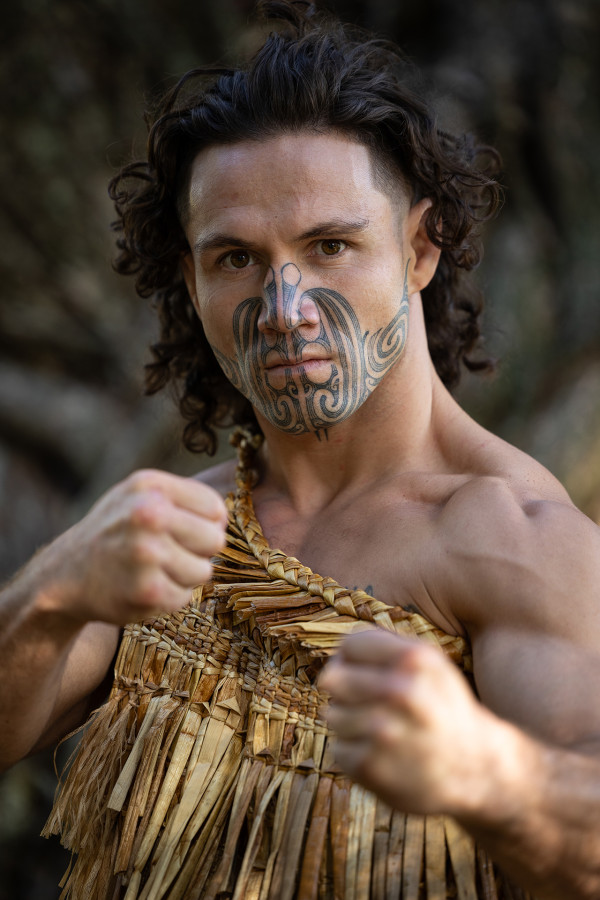
MMA fighter Aaron Tau. Photo: Te Rawhitiroa Bosch
My secondary is for the rest of Aotearoa and the world to see, man, these Māori people are incredible.
They’re beautiful, they’re smart, they’re talented, they’re all that. That’s my aho matua, that’s my main overarching thread of everything that I do.
That’s also how I choose my work. I choose my clients. Of all the people that come to me, one, does this uplift te ao Māori? If it doesn’t uplift te ao Māori, I leave it for someone else.
It’s awesome because I get to work in te ao Māori with inspiring people. I get to support and use my platform to really elevate and uplift different kaupapa Māori.
This interview has been edited for clarity and length.
Ahi Wānanga (the fires of discussion) is a six-part web series exploring what identity, belonging and resilience is to 12 young people from Aotearoa’s Muslim and Māori communities.
Watch Ahi Wānanga now on TVNZ+ and YouTube.
Made by Fourplait with the support of NZ On Air.